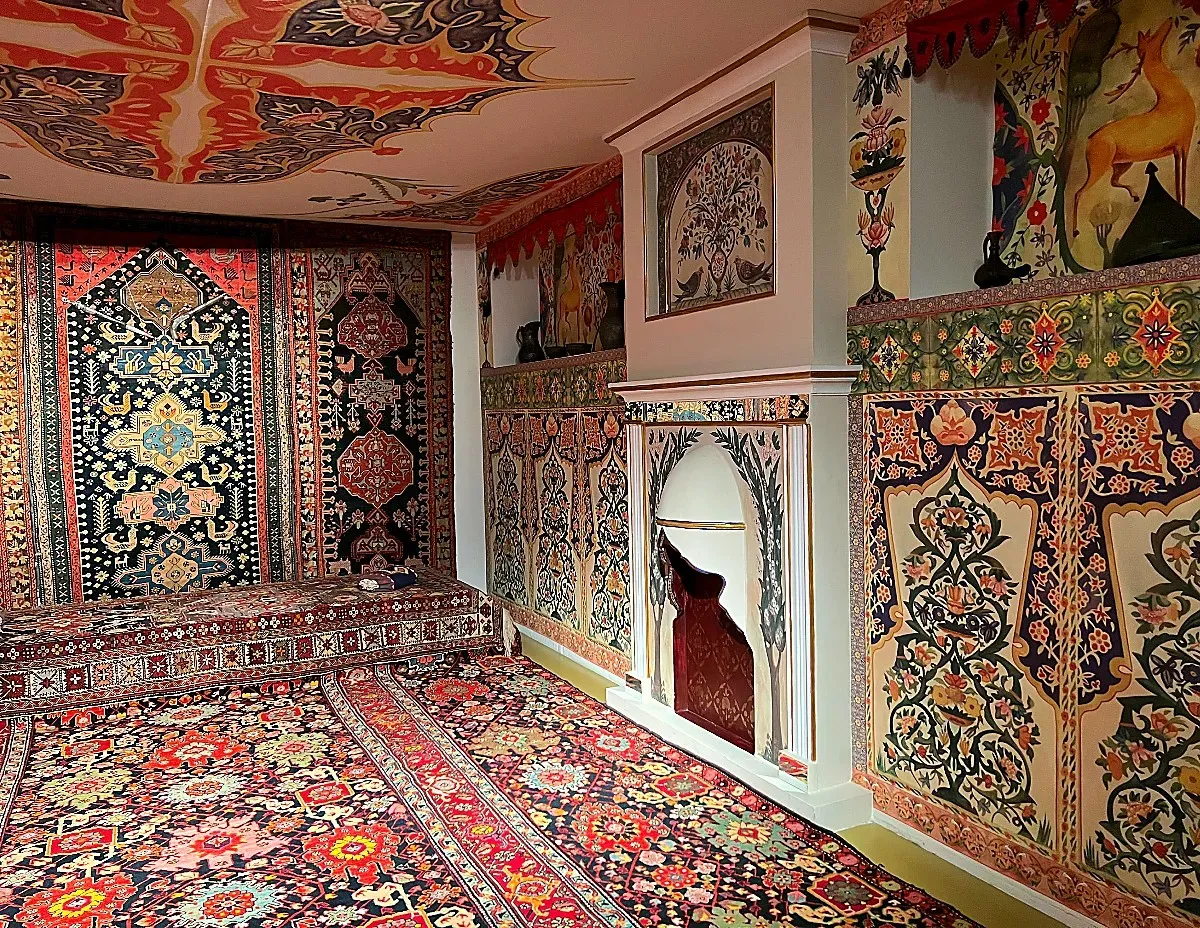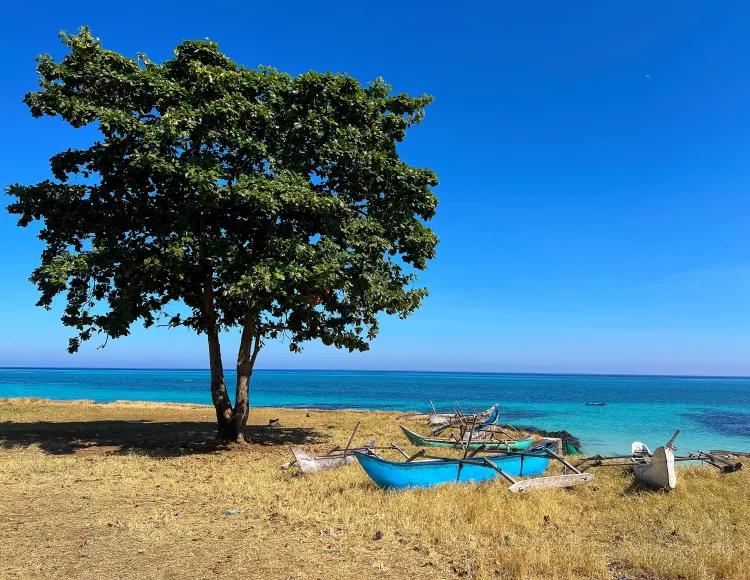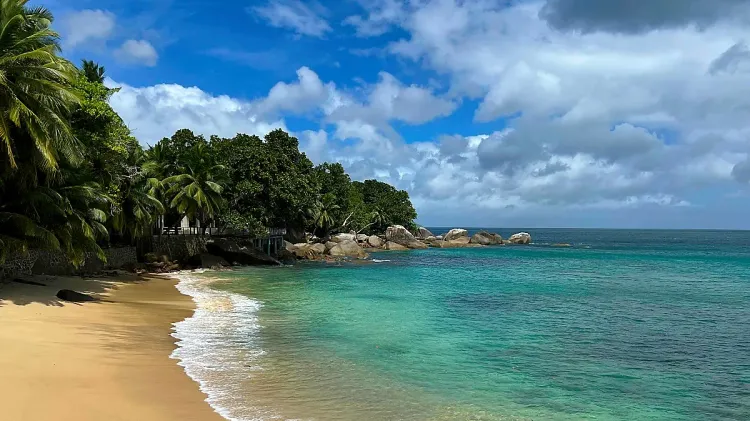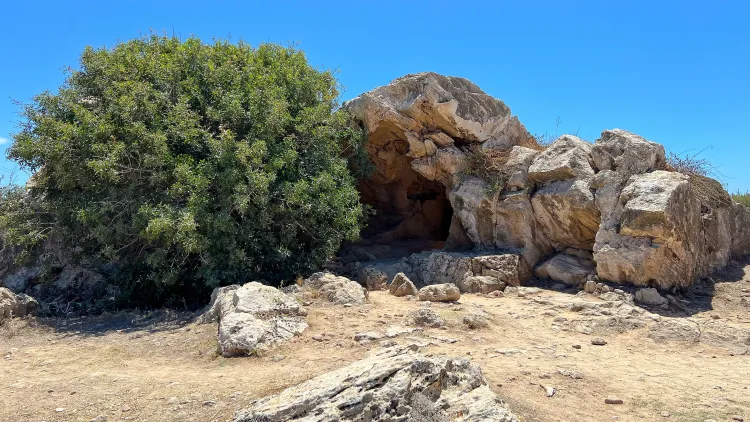Journal #39 - Azerbaijan

Salam from Azerbaijan!
We have enjoyed our experience here in the nation of Azerbaijan. It is home to several sights that we have not seen on any of our travels which makes it all the more intriguing to visit. In a place that is home to mud volcanoes and an enterally lit fire mountain, anything is possible.
The first sight we chose to visit was Gobustan. This is a cultural reserve that is home to ancient petroglyphs. These carvings are mostly 5,000-8,000 years old, but some are as old as 40,000 years. They depict livestock and the people who lived in this region. We could make out the cattle, boats, men, and women on the stone walls.
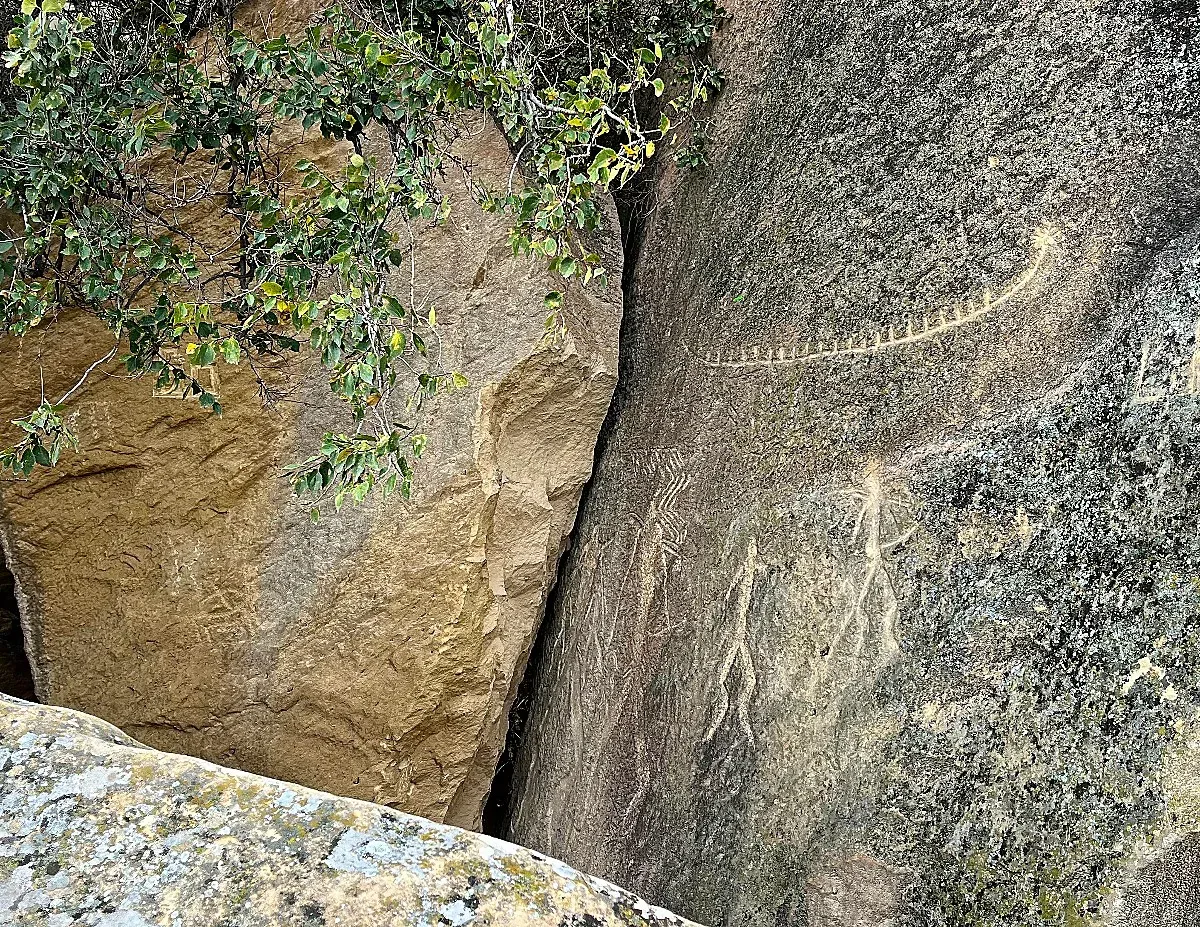
As we entered the park there was a faux settlement assembled where our guide explained that they put on demonstrations for children to educate them on the history. Additionally, this encampment serves the dual purpose of protecting the children because there are, apparently, snakes in the park. This fun fact was made as an offhand comment while the guide continued to drive on and bring us, the less valuable adults, into the snake-infested short grasses. As we climbed the rocks there were signs every one hundred feet warning you about the reptiles. Thankfully, our whole party was okay, but the lack of value for our safety was amusing, to say the least.
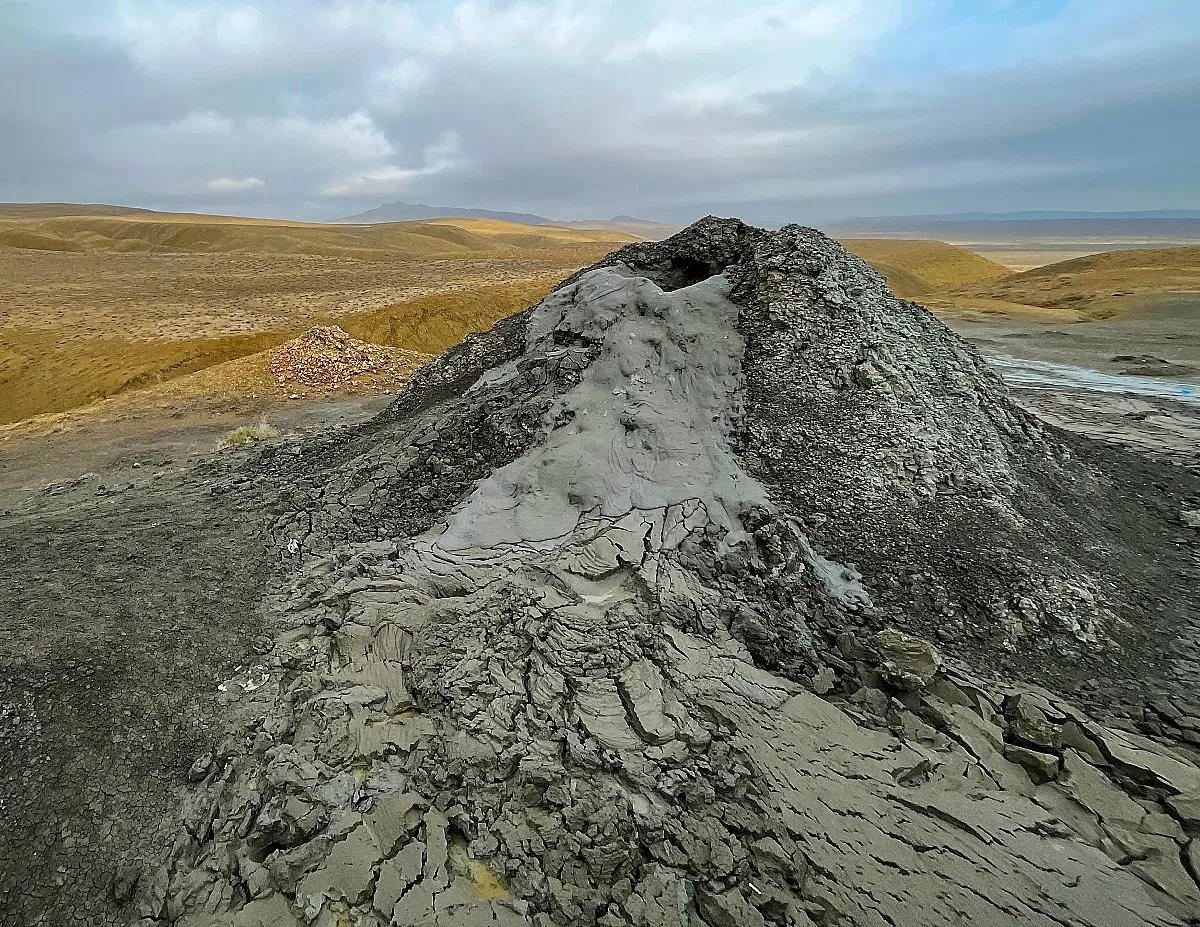
Another important feature of this state park was something I did not know existed before we researched our stay here: mud volcanoes! These grey mounds can be as tall as an average adult human and range to an equivalent mountain height. These humps are shiny with slick grey mud that periodically bubbles out the top. They did not expressly erupt in front of us so much as belch. So as you stood staring at them sporadically you would hear a mellow bellow from one of the hilltops and the sheeny ash would slide a little further down. Supposedly the mud has medicinal properties, so we were able to see the construction of a spa resort being built alongside some of them for future visitors.
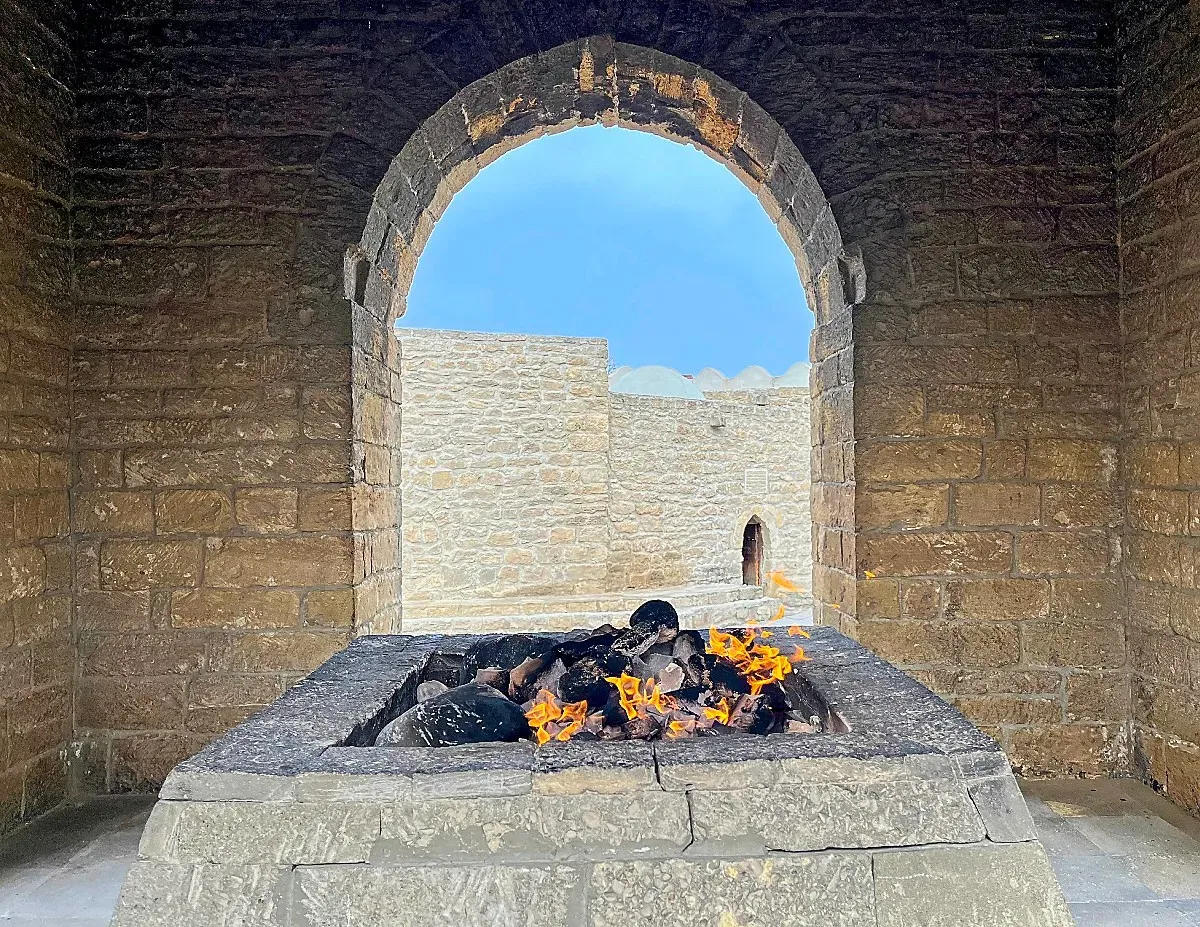
Outside of the city we also visited Ateshgah, the Fire Temple. Constructed across the 17th and 18th centuries it served as a temple for multireligious pilgrimage. It was home to Hindu, Sikh, and Zoroastrian worshipers. Part of the appeal of this location was its eternal flame. Fueling its burning was a natural gas field and it remained lit for hundreds of years, only going out in the 1960’s. Now, the temple serves as a reminder of the nation’s past, and a man-made flame is lit at its center in commemoration of this house of faith.
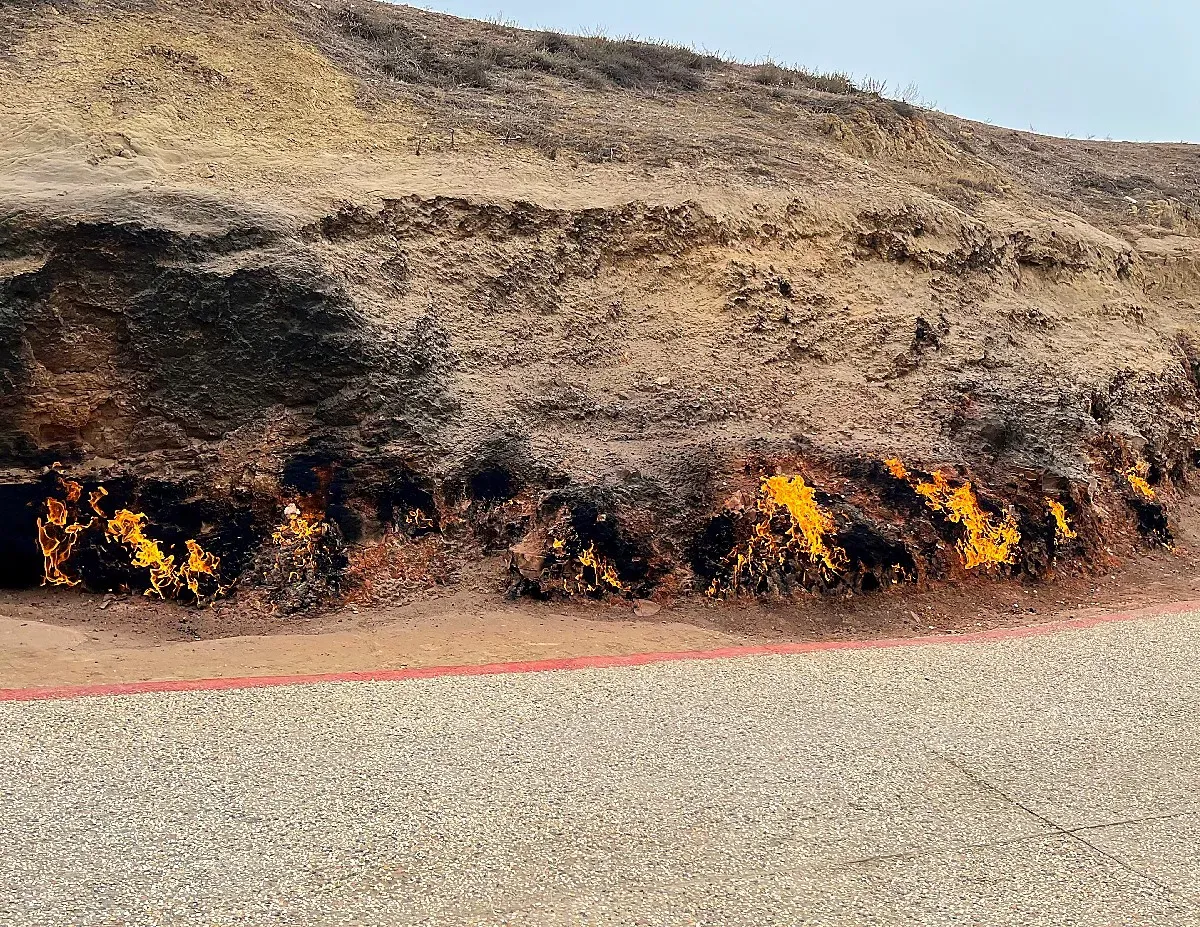
The eternal flame is not the only previously unexplained source of inextinguishable fire. Our next visit was to Yanar Dagh, also known as the Fire Mountain. This is a hillside that is lit with flames that never go out. The whole hillside (miles of it in ancient times) was perpetually ablaze. In modern times, about 10-15 meters of burning sandstone extend several meters into the air. The whole area smells of the gas being vented out. It is said that the area has so much gas in the ground that you can actually ignite the nearby streams of water.
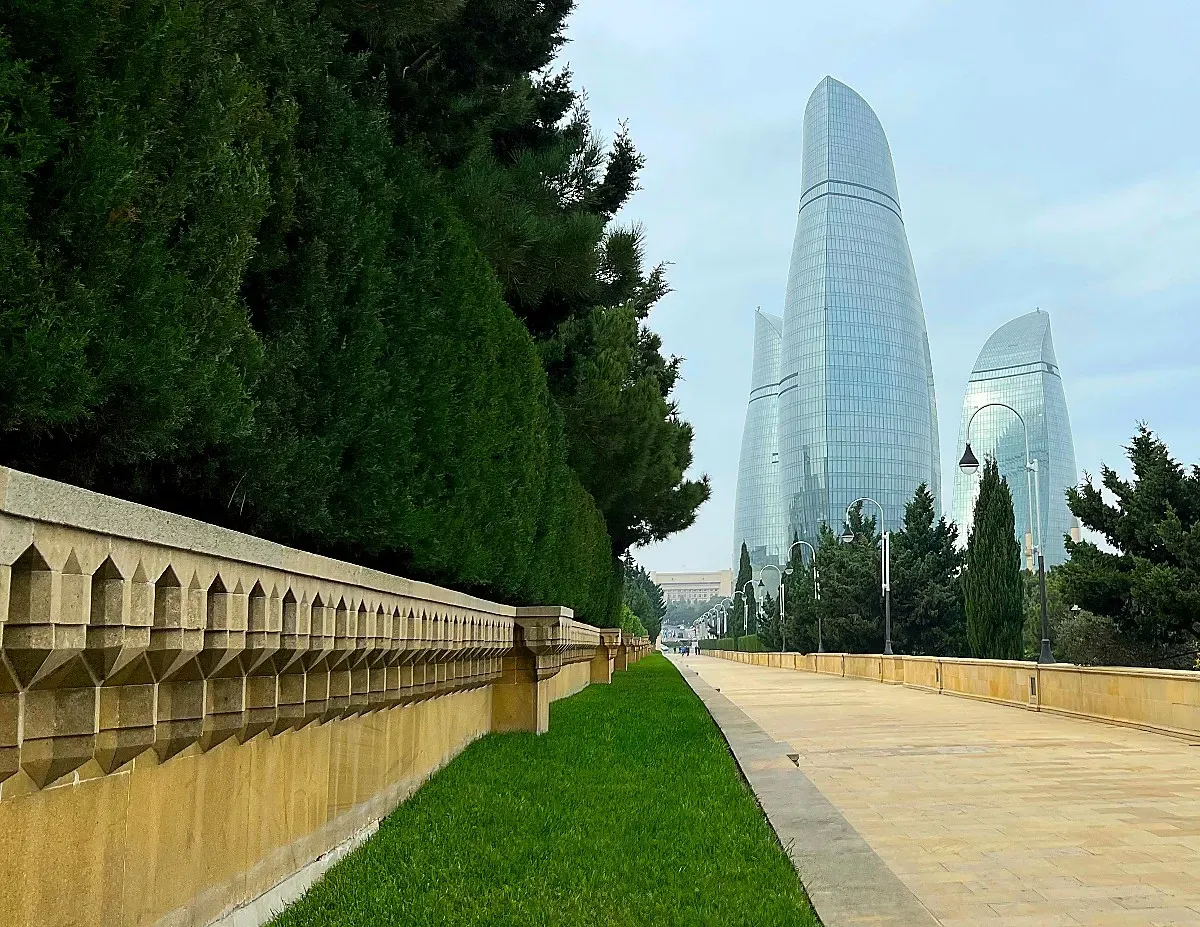
With burning water, eternal flames, a hillside ablaze for centuries, and home to fire worshipers (Zoroastrians) it is not hard to see why Azerbaijan is named the Land of Fire. They have embraced this title so much as to name the most iconic part of their capital’s skyline, three curved skyscrapers, after it: the Flame Towers. Azerbaijan has done a lot to lean into its history and embrace its branding. We enjoyed getting to experience all that they had to offer – and our thrill did not end with only the fire-related things.
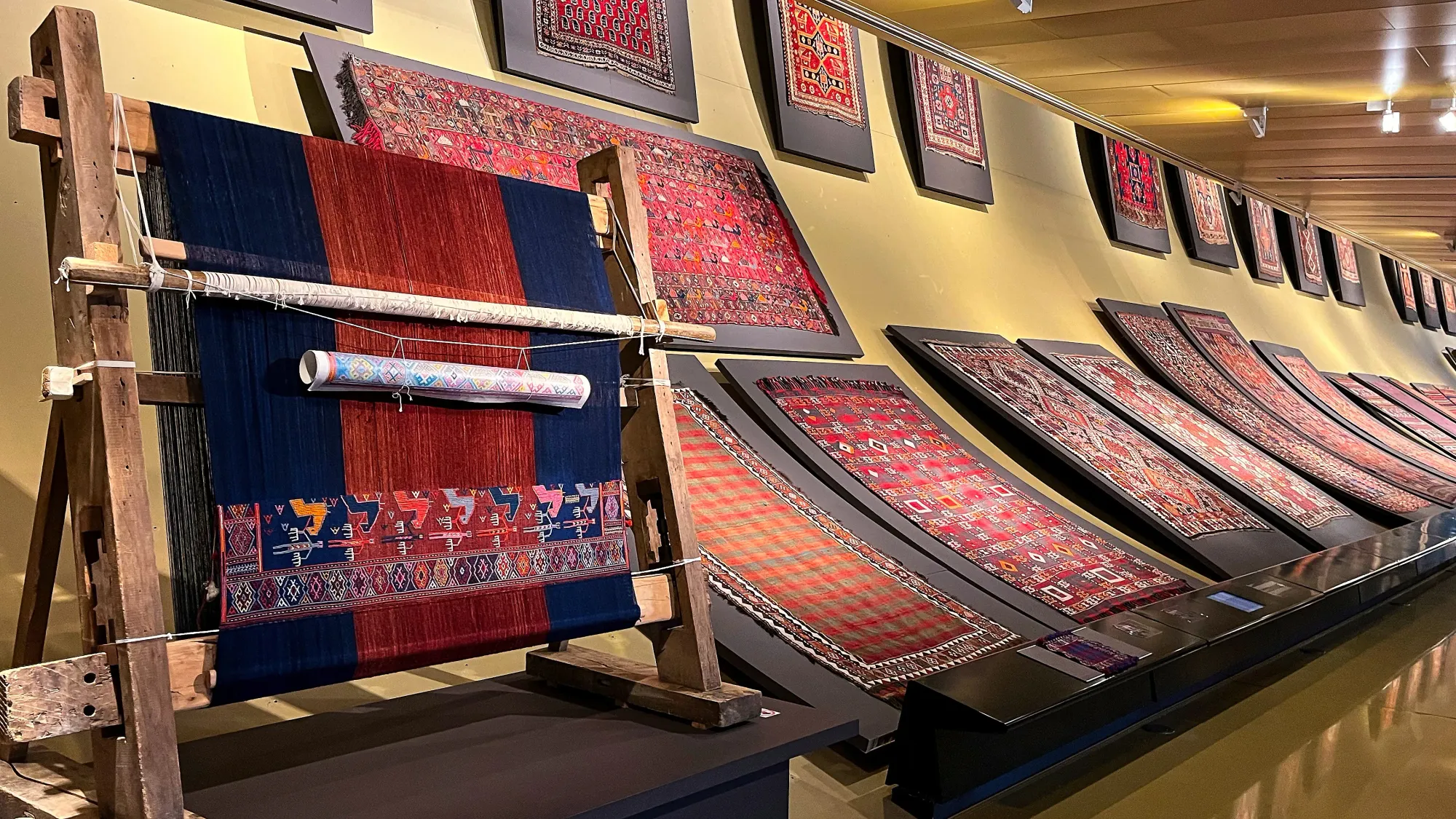
Within the city of Baku we were able to visit their carpet museum, with live demonstrations of carpet weaving, and multiple floors of traditionally woven carpets, the museum provided quaint insight into some of the civilizations that existed in what we now call Azerbaijan. The gimmick of the museum though, is its construction, since the whole building is designed to look like a rolled-up carpet.
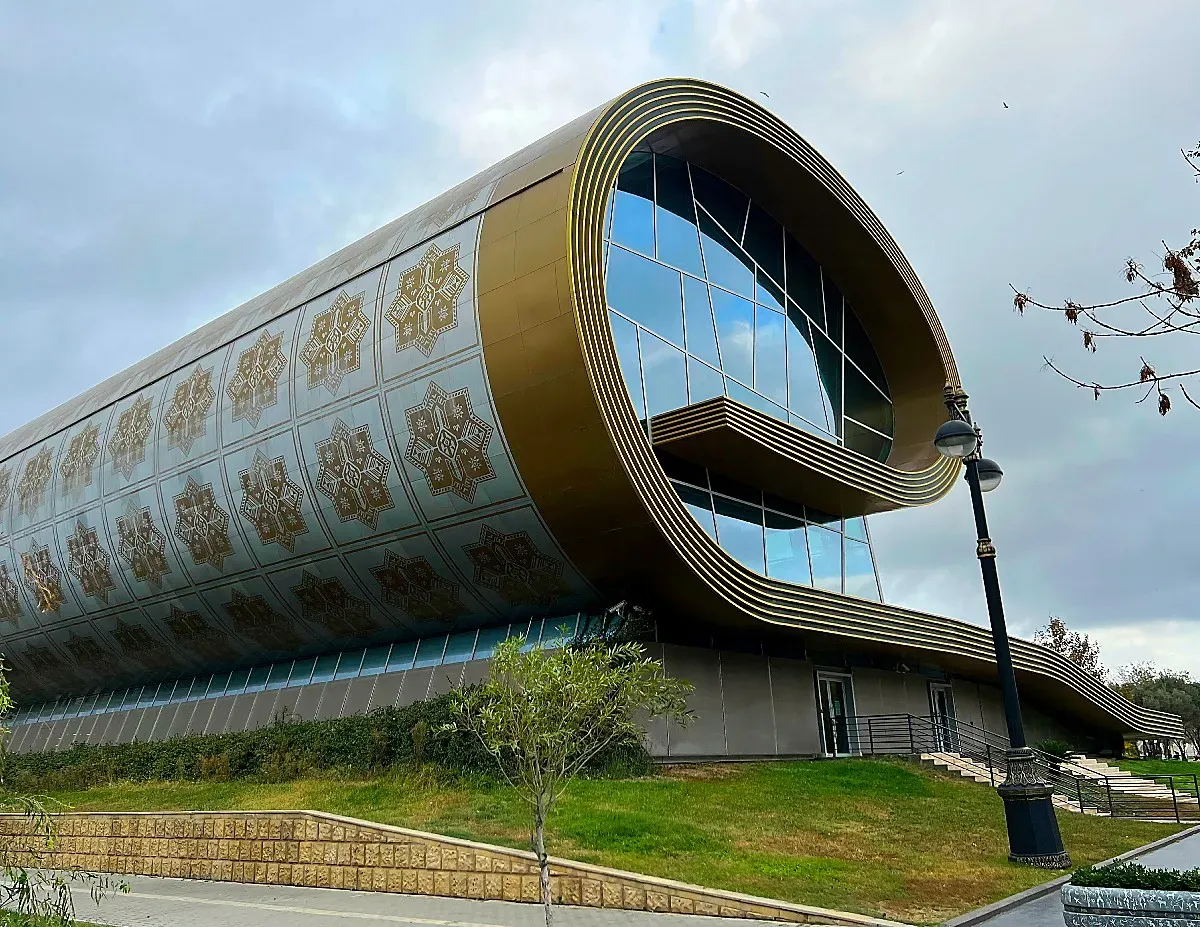
We made sure to also visit the Maiden Tower and take in the construction of Shirvan Shah’s Palace. While not as imposing as larger palaces, there is still much historians are trying to understand and learn from this construction. It was quiet, and not teeming with tourists, so it provided us the time to wander leisurely and live for a moment like it was our palace.
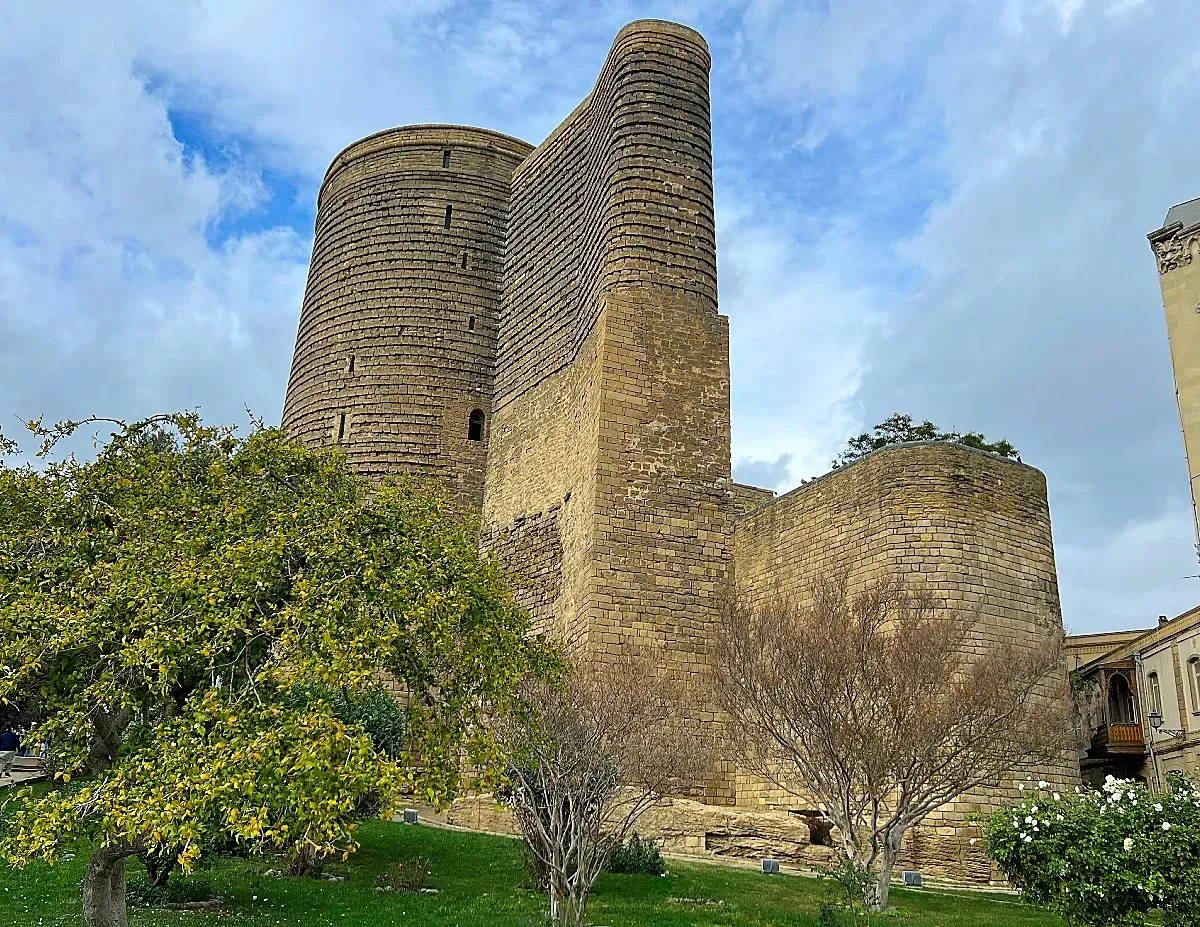
I would be remiss if I left off the mouth-watering food we indulged in while visiting and staying in the capital city of Baku. We found delicious meals that combined several of our favorite things. These were also paired with an assortment of house lemonades concocted of a variety of fruit combinations and made to be fizzy. Sitting in a classically decorated restaurant and dining on these scrumptious bites gave the whole visit a charming finish, and I am already missing the cuisine.
Unfortunately, it is time for us to move on and leave the fire behind. Our next stop holds the mantle of being the “birthplace of wine” - Any guesses where we are off to next?
